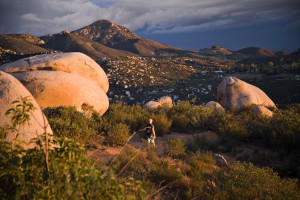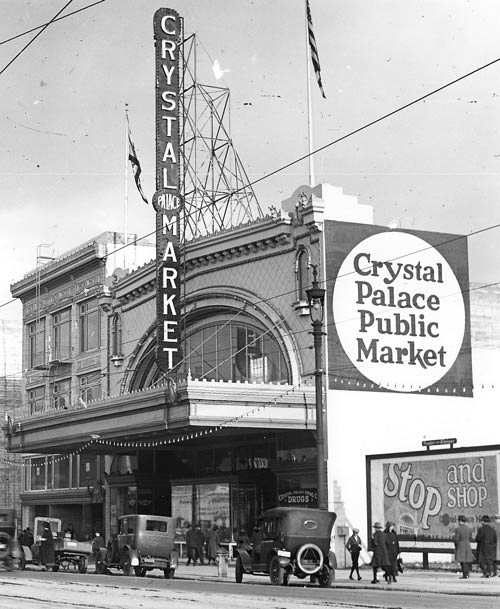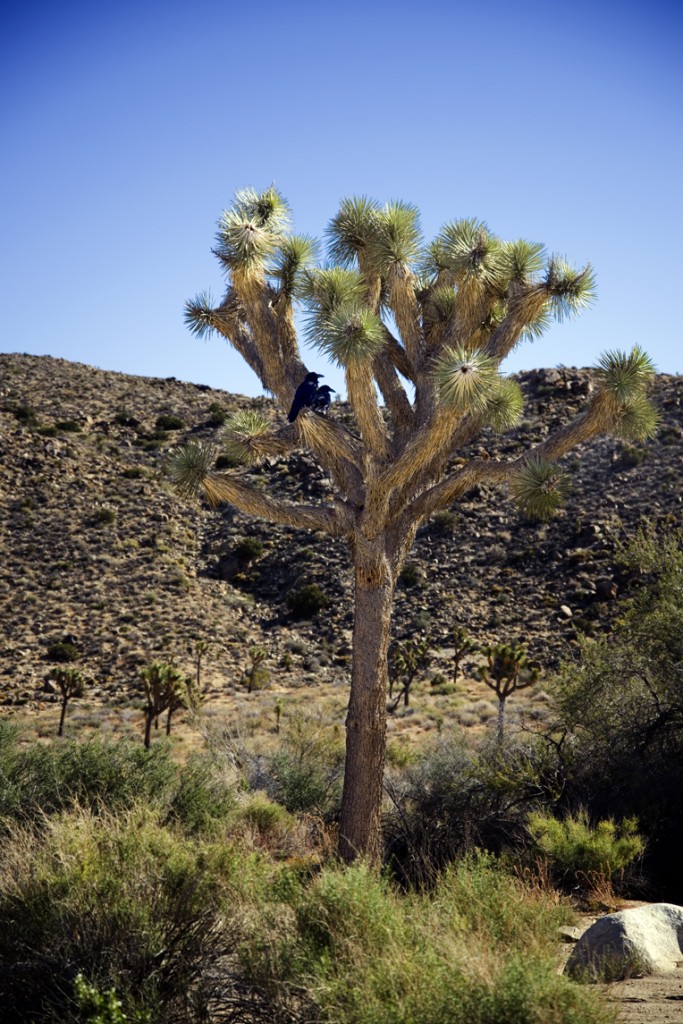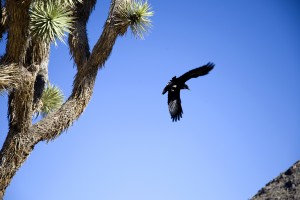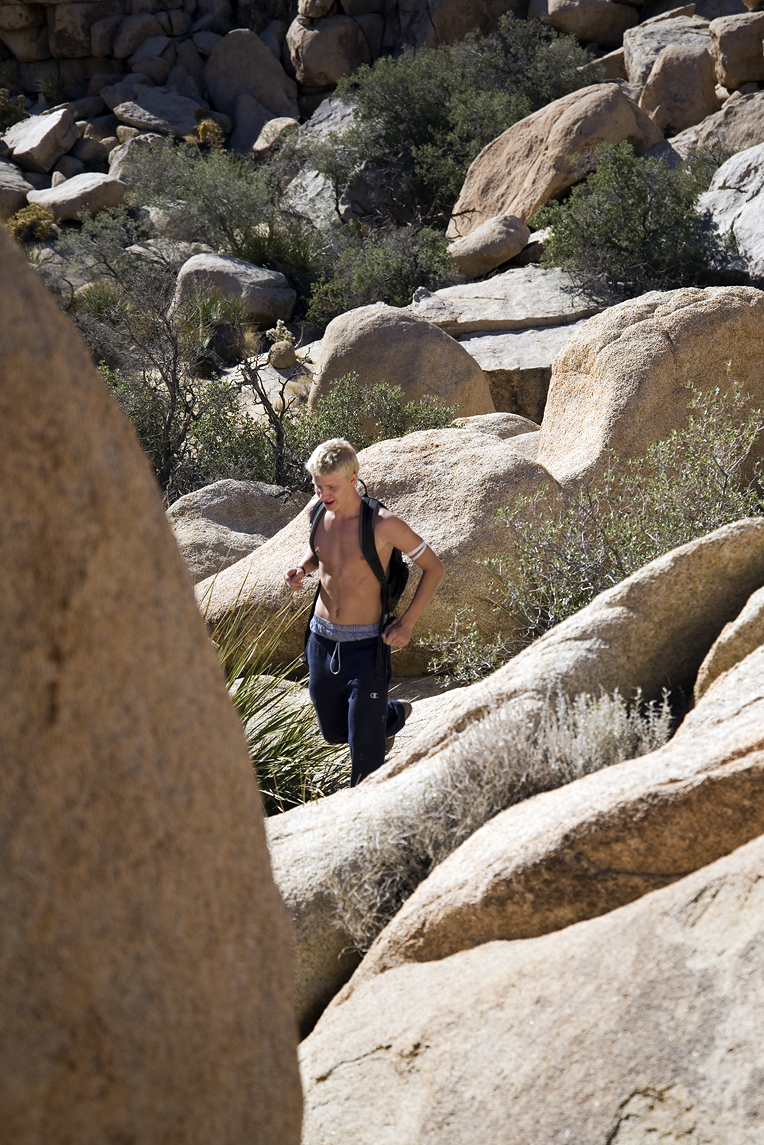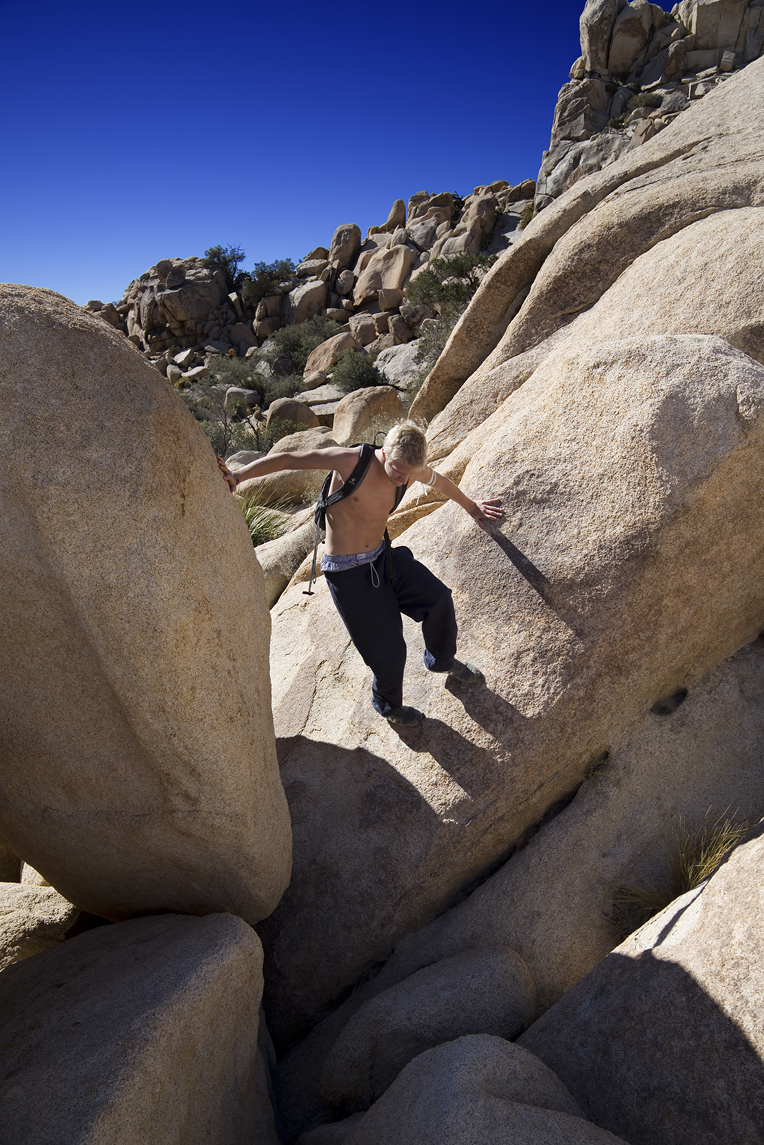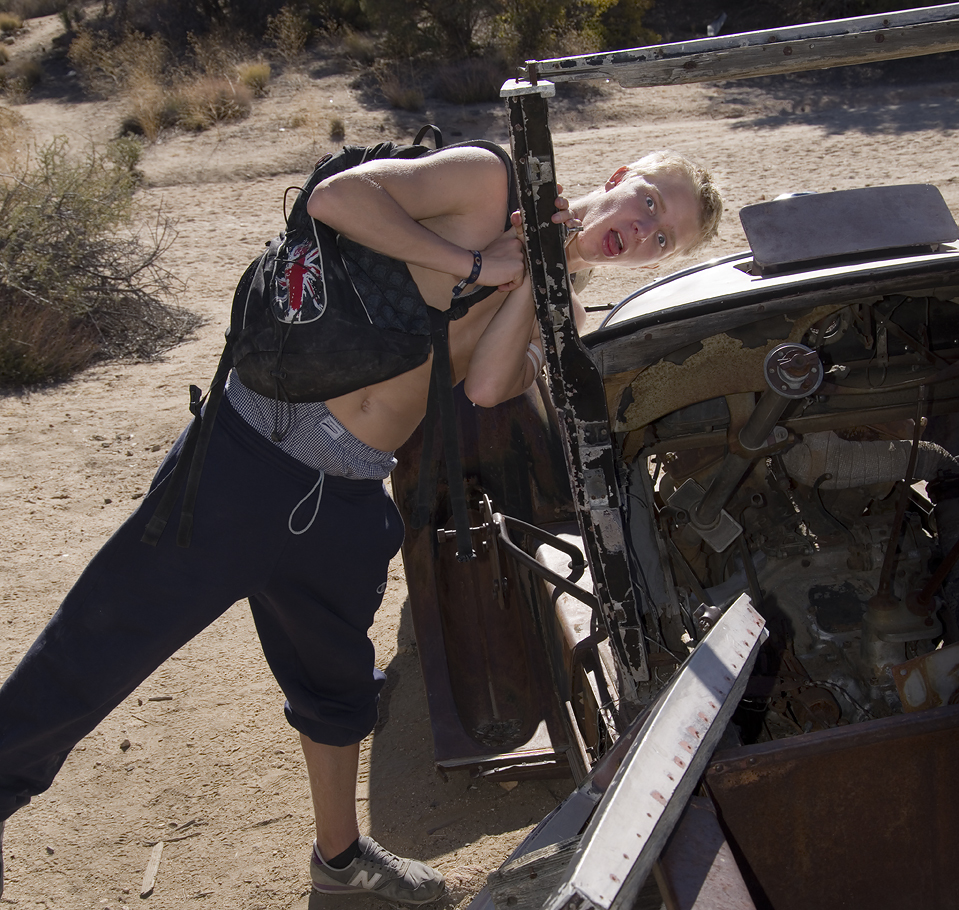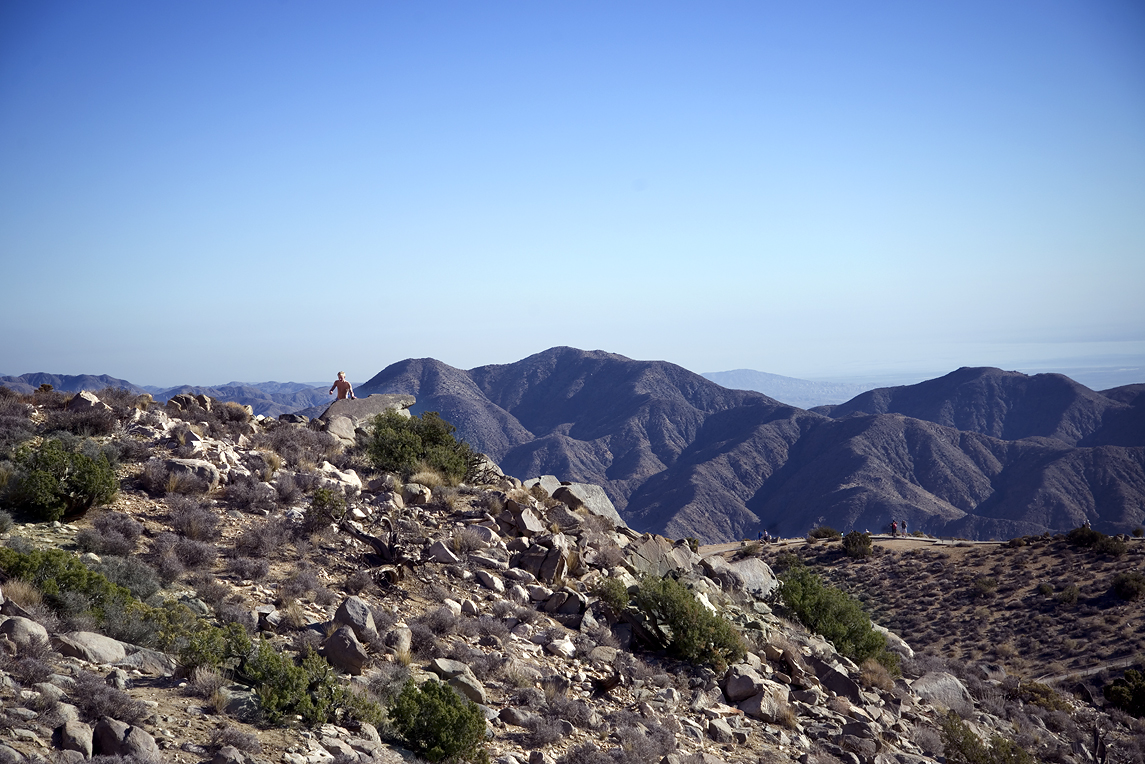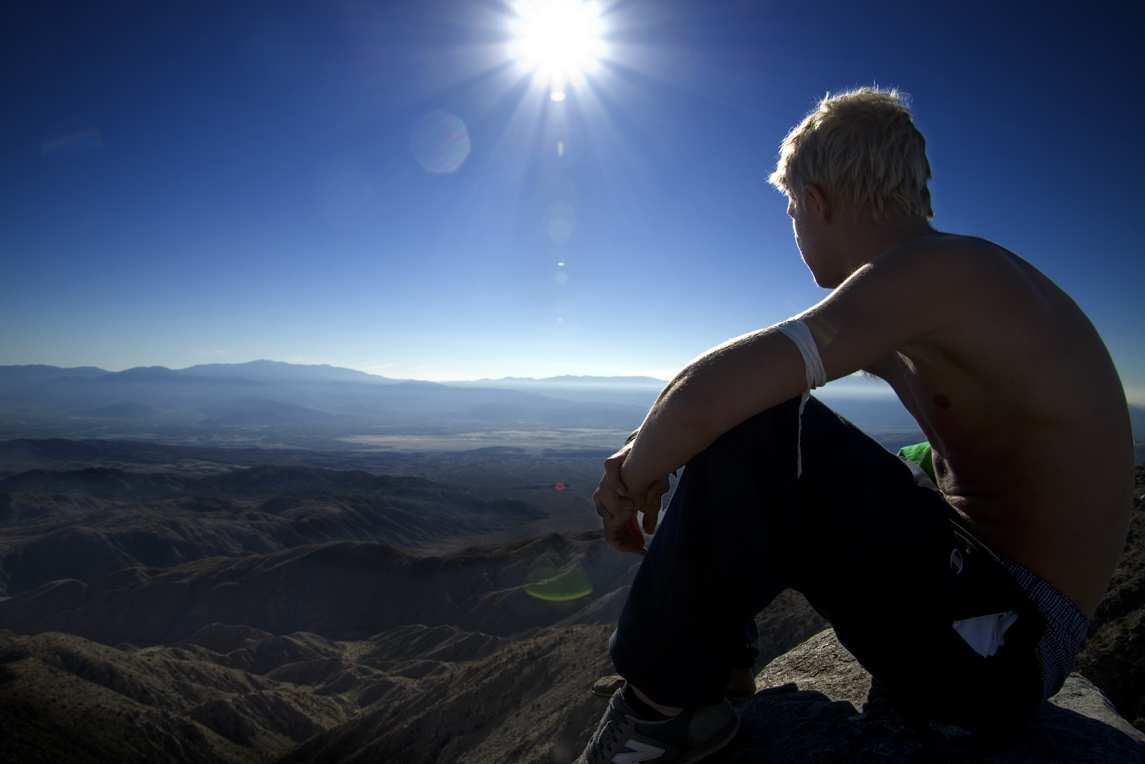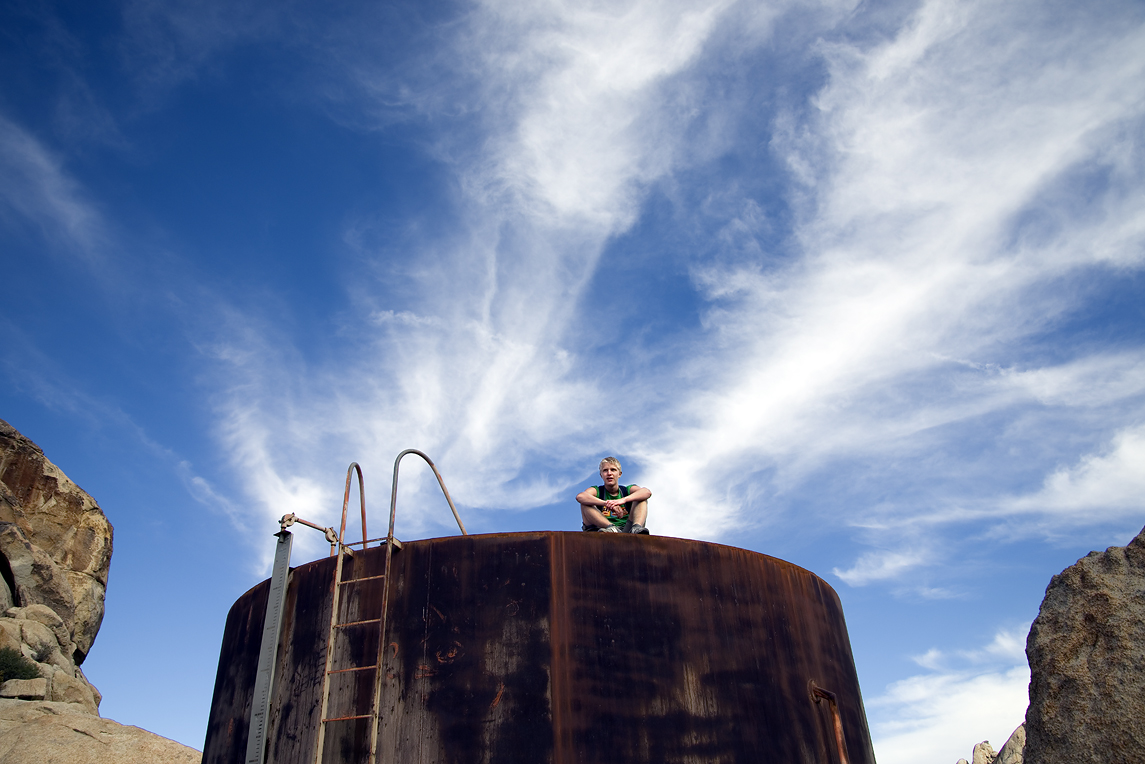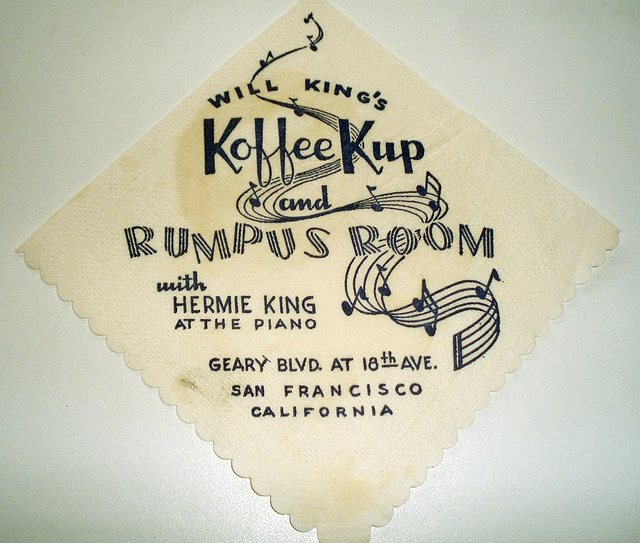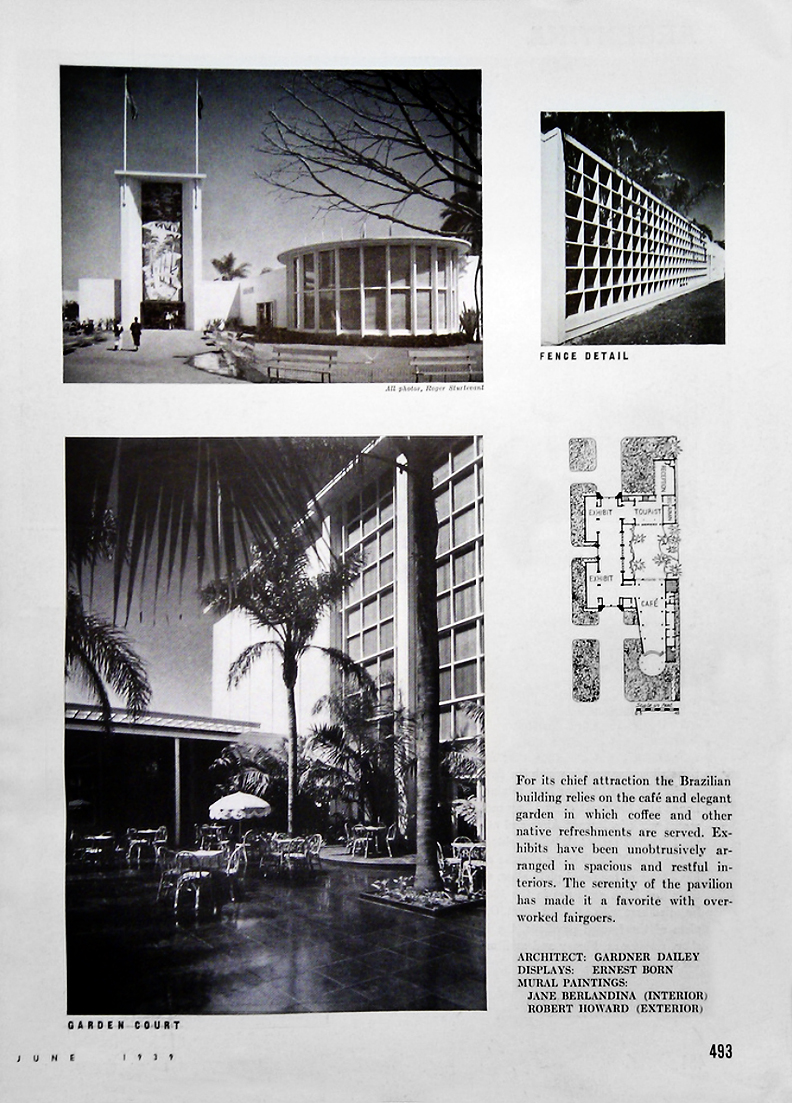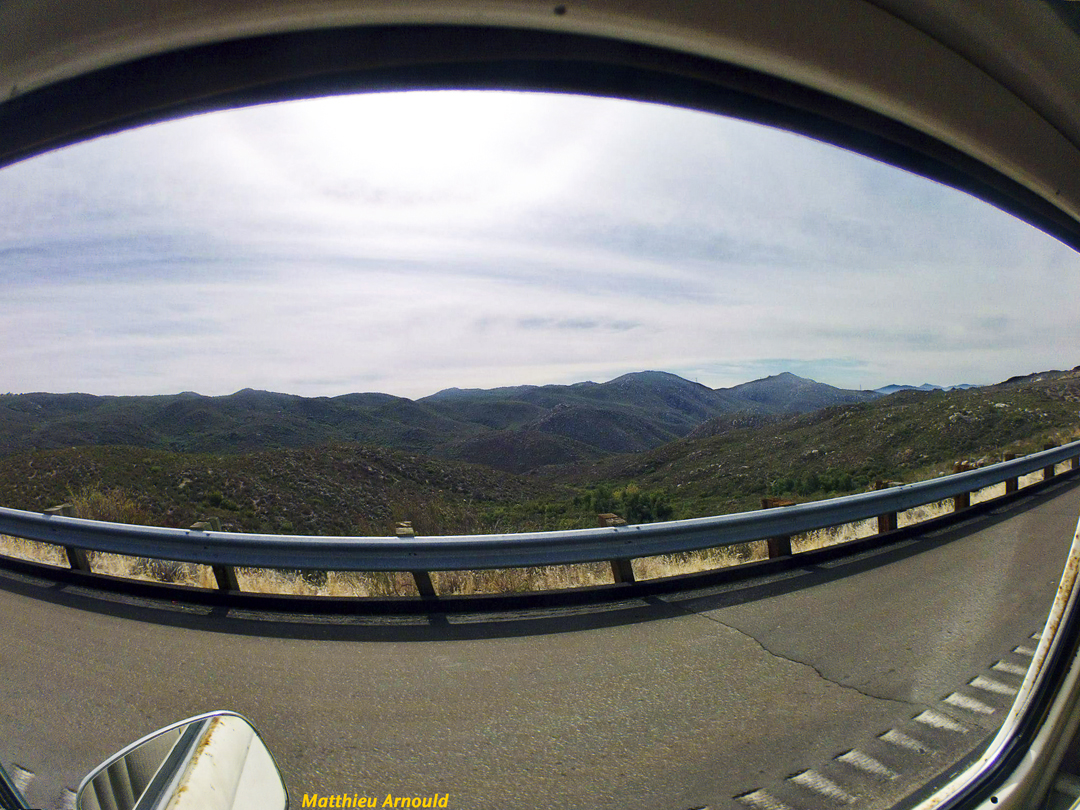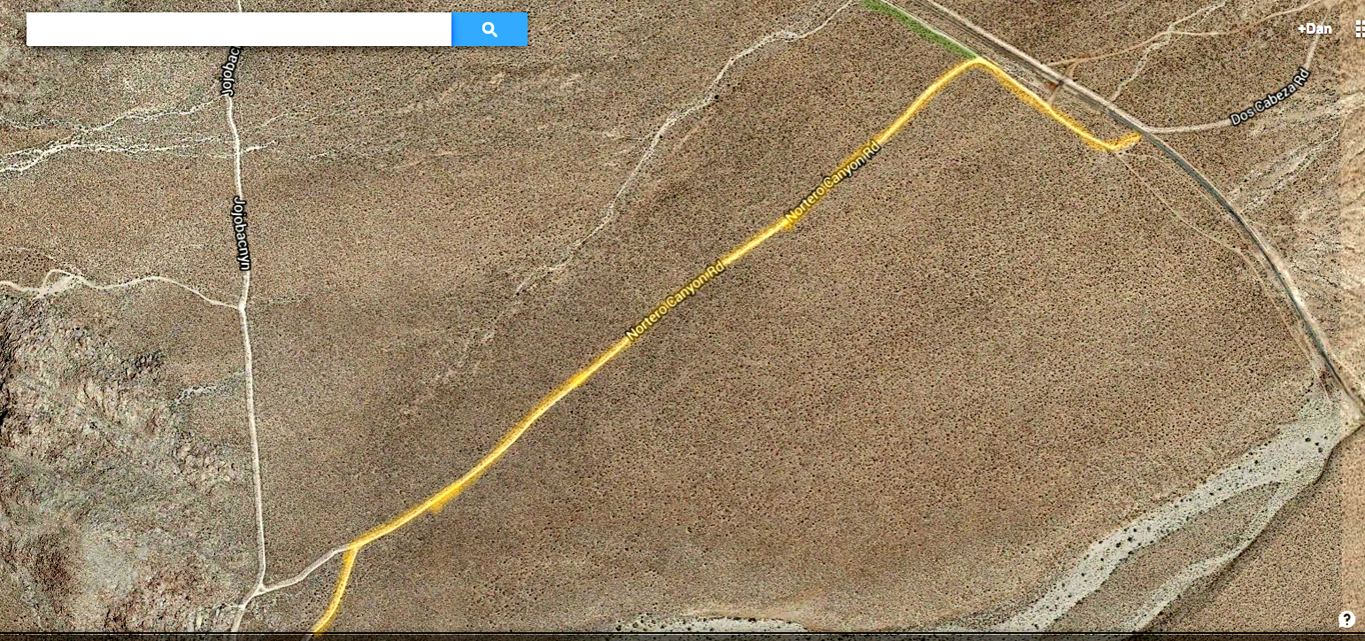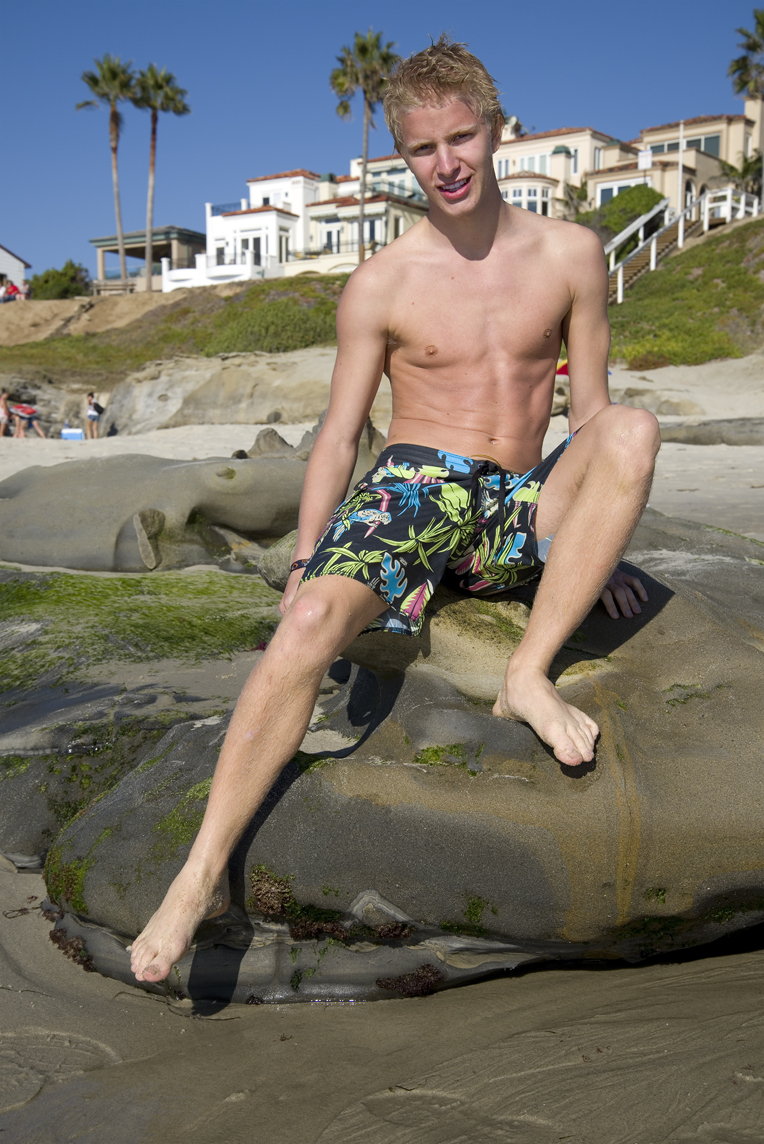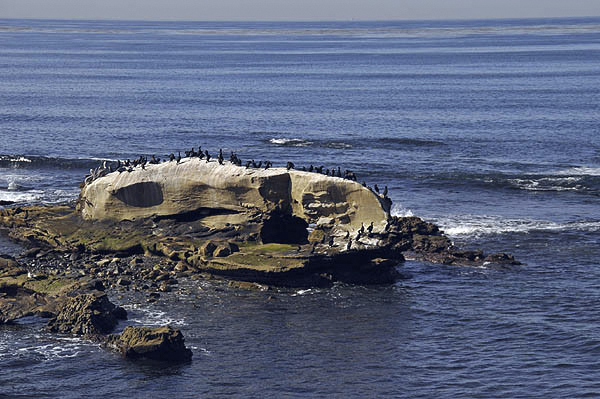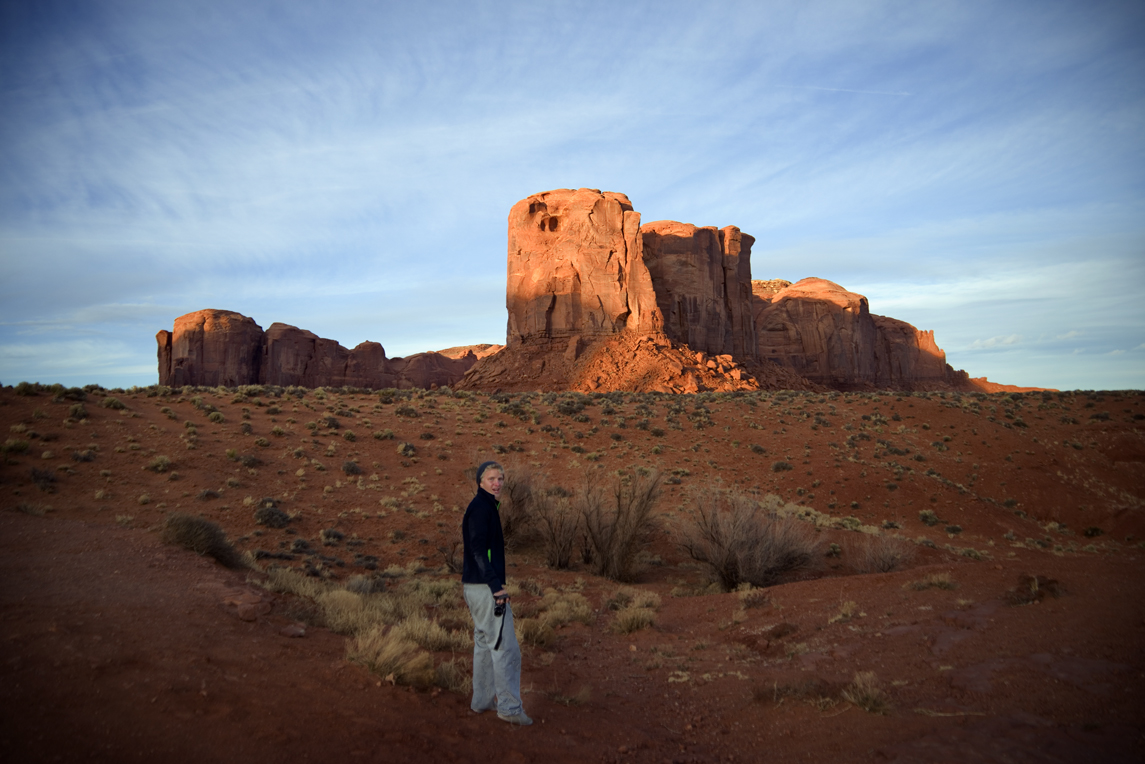
The trip to Torrey Pines State Reserve was on November 16, 2013.
The Torrey Pine is the rarest pine tree in the United States. It is among the rarest pine trees on the planet.
It was named after Princeton Professor Dr. John Torrey who had supervised plant collections being done as a part of the boarder survey 1848-54 in the wake of the Mexican-American War.
The samples from the pine tree were collected by a member of the survey team, botanist and geologist Dr. Charles Parry. He was the first to identify the rarity of the species. He was also the first to recognize how carelessly they were treated, and was the first to call for their protection. If it weren’t for the fact he proposed the name “Pinus Torreyana” himself, we may well be calling it the “Parry Pine” today.

The Torrey Pines of Torrey Pines State Reserve are believed to be remnants of what was once an ancient coastal forest.

The twisted and gnarled Torrey Pines along the ocean bluffs often lean inland.

At the most direct interface with the ocean winds, the trees and their twisted branches grow low to the ground from the force of wind and the pruning effect of airborne salt crystals. The tree branches here are only a few inches off the ground.

A few steps farther along the trail you see this Torrey Pine tree with branches growing at ground level. The trunk and tree top is pushed upon and completely sculpted by the strong drafts of salt laden ocean air.

The Torrey Pine grows best in nutrient poor, sandy soils, along sandstone bluffs, canyons and ravines. Coastal fog is of most importance to the survival of this tree.

Coastal Fog acts as an air conditioner, shielding the needles from the hot sun providing most of the tree’s moisture.

In addition to being a reserve for the very rare Torry Pine, this is a State Park where you’ll find an expansive native plant landscape known as the coastal chaparral.

The Torrey Pine and native chaparral landscape became severely threatened by human activity in the 20th Century. The road connecting San Diego and Los Angeles was a dirt grade at first. It cut through the trees, chaparral, and sandstone topography in 1910. Paving was done in 1915.
The model T Ford, before gas pumps where devised, relied on gravity to deliver fuel from the tank to the engine. The steep grade at Torrey Pines required the model T to be driven uphill backwards and in reverse! Apparently the problem of getting gas to the engine while going uphill was solved by the time this postcard was made.

Today the road is lightly used only by vehicles within the park, by pedestrians and bicyclists.

Pacific Coast Highway, the road used today, bypassed the old road inside the park in 1933. The decision to grade the road here was a compromise. The original plan was to regrade the main road through the park itself, digging into the sandstone, chaparral, cutting through the trees and into the cliffs. Horrible!

Even before consideration for the road, developers wanted to maul through the densest and best groves of Torrey Pines to build housing and businesses. That is until Ellen Browning Scripps bought up significant tracts of land in 1908, 1911, and 1912 to save this natural wonder. She eventually donated the groves of Torrey Pines to the City of San Diego in 1932. To be “held into perpetuity as a public park,” and requesting “that care be given to preserve the natural beauty of the area.”

In this modern day, park strategy is to bring awareness and appreciation of a natural or cultural resource through its interpretive center or museum. But originally to connect visitors and travelers to a particular site or destination, a lodge was built. Here is the Torrey Pines Lodge which today is the park’s interpretive center and museum.
 Prior to its opening on April 7, 1923, Ellen Browning Scripps envisioned the lodge as a roadside rest where people would come, relax, and learn more about the Torrey Pine trees. She took care to commission a design that would blend and be very kind to its environment. The site selected for the lodge was a treeless sandy bluff. She hired San Diego master architects Requa and Jackson to design the adobe Hopi Pueblo style structure.
Prior to its opening on April 7, 1923, Ellen Browning Scripps envisioned the lodge as a roadside rest where people would come, relax, and learn more about the Torrey Pine trees. She took care to commission a design that would blend and be very kind to its environment. The site selected for the lodge was a treeless sandy bluff. She hired San Diego master architects Requa and Jackson to design the adobe Hopi Pueblo style structure.
The lodge concept included having a restaurant – which proved to be very successful. The goal was to serve sought after meals at reasonable prices.
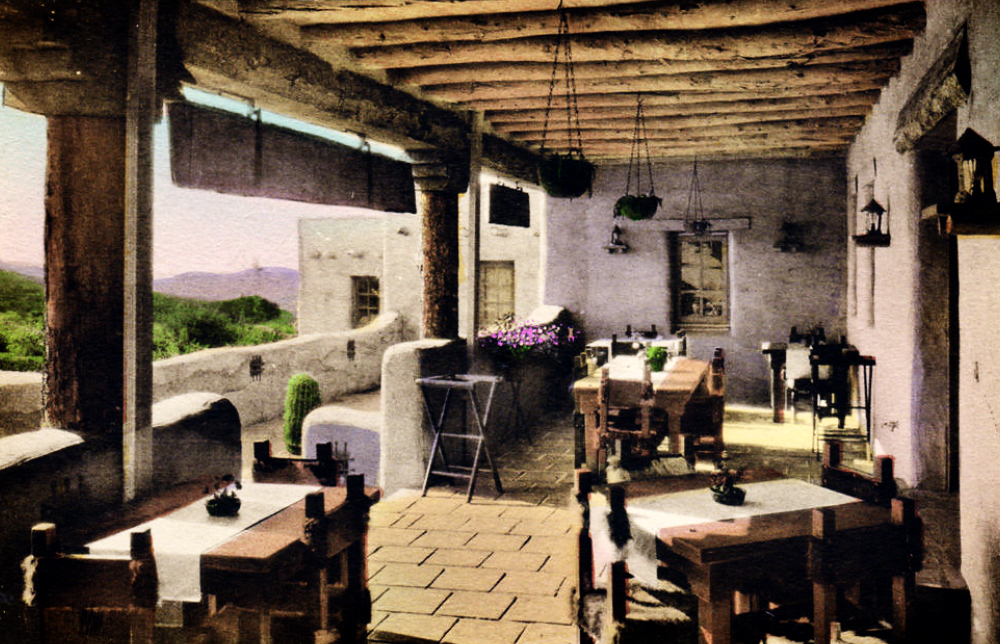
The lodge’s front veranda was renown as a delightful and relaxing dining area.
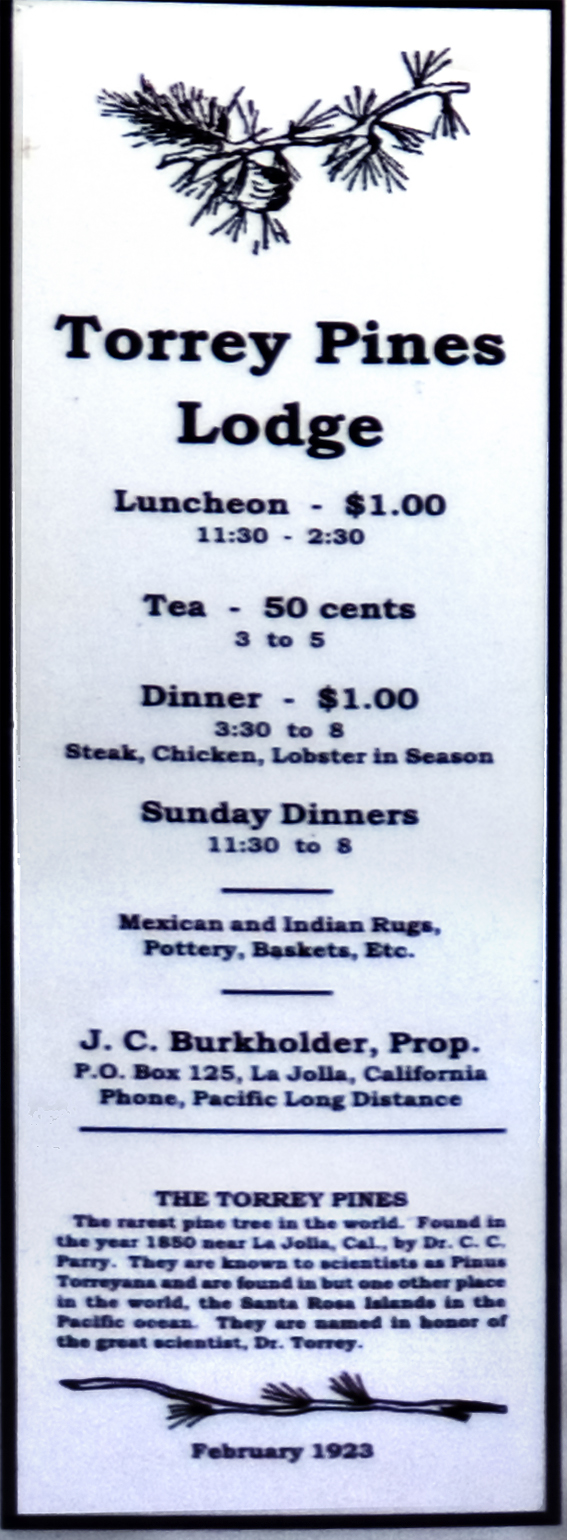

The road was known then as the Theodore Roosevelt Memorial Highway. As mentioned earlier, this road is now closed to through traffic.

Human presence and particularly land development has an environmental impact even under normal circumstances. But especially so when rare plant species are present. In the 20th Century the number of Torrey Pines trees in existence dwindled to a only a couple thousand. Although this pine tree does drop cones with seeds, having one sprout is rare. And then odds are against that sprout growing into a mature tree.

One of the most severe impacts to Torrey Pines was during World War II when the reserve was turned into an army base. There was training, drills, marches, jeep trails throughout the grounds, bluffs, and cliffs of the Torrey Pines site.

The South Entrance was beyond the Torrey Pines grade, past the Torrey Pines Lodge, and across the mesa.

By 1942, the post had over 297 buildings, covering 1282 acres, had 5 post exchanges, 3 theaters and 5 chapels. About 15,000 men went through a 13 week training cycle with a strong emphasis on modern coast artillery and anti-aircraft defense weapons.

The base was shut down on November 1, 1945. The built environment of the base was declared surplus. Buildings were moved or dismantled and recycled into new housing elsewhere in San Diego. A large portion of the former base eventually became Torrey Pines Golf Course. This photo may well be a view of an area that would become the 16th hole of the famous Torrey Pines Golf Course.

Where the chaparral ends and the 16th hole of the Torrey Pines Golf Course begins.

Image Source Alfred/San Diego UT
Tiger Woods enjoys great success at Torrey Pines, having won several tournaments here including the major U.S. Open.
But Torrey Pines Golf Course wasn’t the first use of this land after Camp Callan closed. Just after the Army camp closed, it became the Torrey Pines Road Race track.

It was a 2.7 mile circuit over roads paved for Camp Callan. At that time in San Diego automobile racing was a relatively new, amateur sport. Anyone could race any car. Cars were separated into classes by engine size.
Ferraris, Jaguars, and Austin Healeys roared over the mesa at nine race events from December 1951 until 1955. The most famous turn was called Ocean Corner, where drivers headed downhill towards the ocean, facing a sharp right turn just before the edge of the cliff.
The races proved very popular. City planners had proposed a combined golf course and race track – including a 20,000 seat grandstand. But there wasn’t enough city funds at the time for such a scheme. And likely City Council wasn’t on board with the idea either. Building only a golf course had more support.
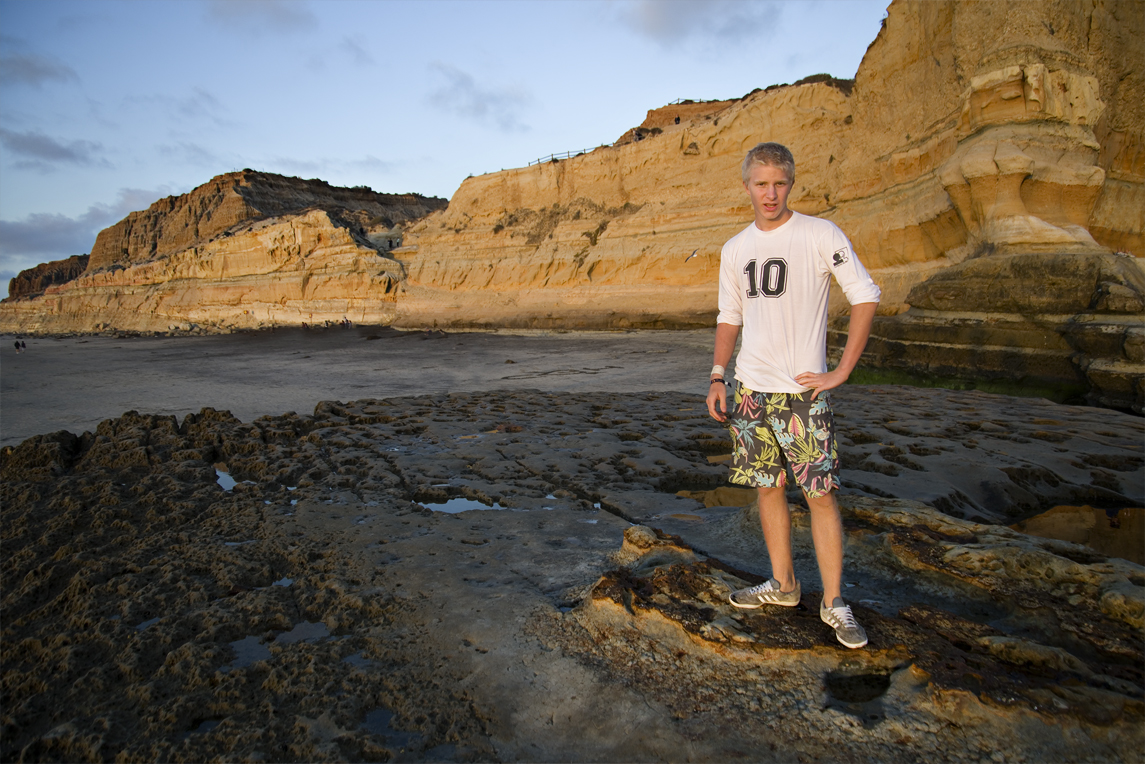
Matth is standing on a rock that is more than 45 million years old. It’s called “Flat Rock.” There were even grand plans for this once. On this ancient formation is a 4 x 5 foot cut out. It was made to try and reach a coal vein that was known to exist beneath the ocean.
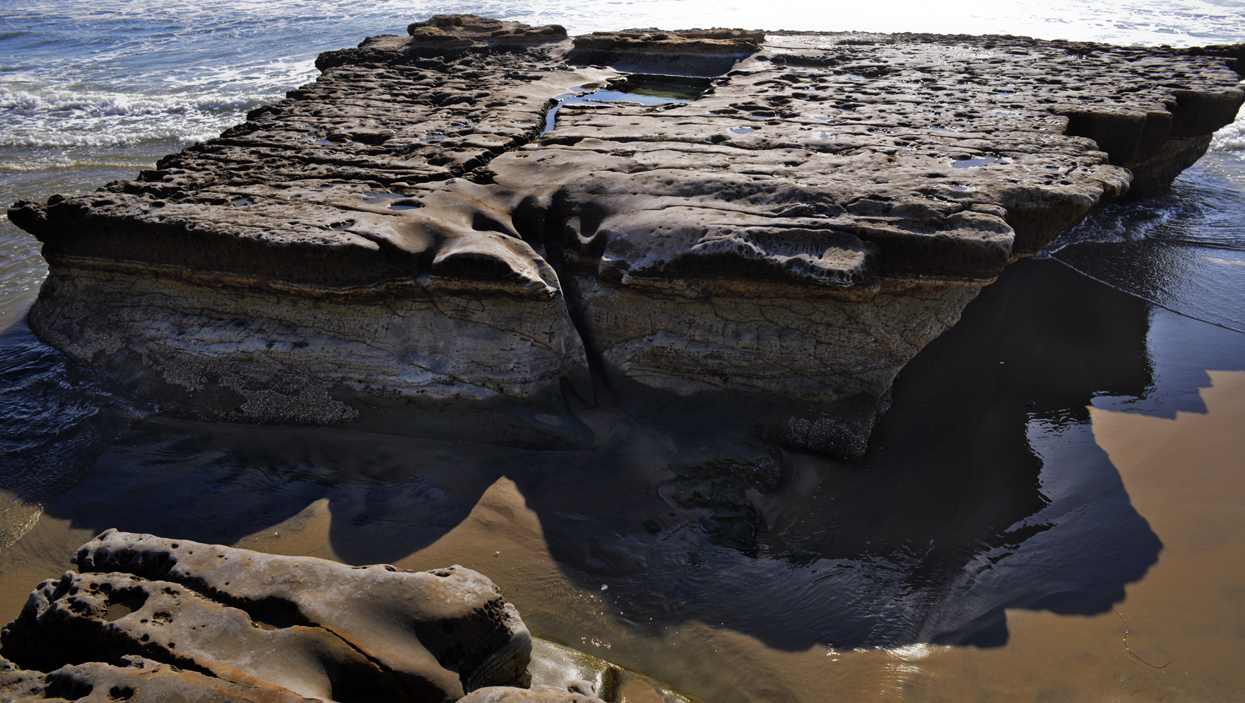
It was in the late 19th century that a would be coal miner named William Bloodsworth tried to sink a mineshaft into “Flat Rock.” Ultimately the unrelenting waves and high tides stopped the digging operation after about 15 feet. The mineshaft has long since filled with sand and rocks, but the 4 x 5 foot cut out can still be seen and forms a shallow pool.

Jumping from “Flat Rock.”

The colors of the photogenic sandstone cliffs are most intense around sunset.

A view of Torrey Pines State Beach looking north from about where “Flat Rock” is located.



Each layer is a history lesson. The bottom greenish layers of fine grained siltstone goes back more than 45 million years. Its abundant oyster shell fossils indicate there was once a warm water lagoon here.
Above that the layer of cobblestones. they were originally formed volcanically in Sonoran Mexico and transported to the coast by river 45 million years ago. However this section of coast became separated from the ancient river mouth by some 200 miles via movement of the Pacific Tectonic Plate.
Further up is Torrey Sandstone. A light colored sandstone that was once part of a tidal flat. As sea levels rose, the sands were buried and cemented by calcite. Cross bedding (layers that alternate directions) shows shifting channels and alternating flood and ebb tide flows. See the next photo illustrating the cross cutting pattern found in Torrey Sandstone.
Some layers are missing. Formations between 1 million and 45 million years ago got washed away, leaving a gap in the history being told here.
The most recent sandstone layers go back one million years. They were cemented by iron oxides imparting the reddish color and relative hardness. The most visible capstone is Red Butte.

Boulders come a tumblin’ down! Examples of the cross hatched Torrey Sandstone dislodged from the cliffs.

Matth with a small sample of Bull Kelp at the end of its growing season.
Bull Kelp Facts
1. Bull kelp along San Diego’s coastal ocean is an annual plant that grows offshore entirely in one season, spring to fall. It can grow up to 2 feet in one day alone. It can grow to a total length of up to 80 ft. The blades can grow up to 10 ft long.
2. Bull kelp is the largest form of brown algae. It has a large bulb on the end of a long tail called a stipe. It is attached to the sea floor by it’s roots
called a hold-fast. Attached to the bulb are long flowing blades of kelp.
3. The bulbous float at the end of the kelp is filled with up to 10% carbon monoxide gas. The gas filled bulb floats on the surface of the ocean
allowing the plant to get the sunlight it needs.
4. Bull kelp grow in “forests” along the rocky shelves of ocean headlands. They help reduce the effects of corrosion as well as warn boaters of
shallow reefs.
5. They are a unique biosphere that shelter many species of fish, shellfish and jellies. They are a great feeding ground for seals.
6. Bull kelp has many names including; bull whip kelp, ribbon kelp, giant kelp, horsetail kelp and sea otter’s cabbage.
7. Kelp extracts are used as a thickener in products such as salad dressing, ice cream, hand lotion and paint.
8. Bull kelp is often used to make sushi. There are recipes for Bull Kelp salad and soup etc. It is very nutritious.
9. As the bull kelp dies in the winter and washes up on beaches it serves a useful purpose as a source of food and shelter for sand crabs, beach fleas
and periwinkles.
10. First Nations people used dried kelp stipe to make fishing lines.

Finishing the tour of Torrey Pines State reserve with a relaxing observation of the sun setting in the Pacific Ocean.

The good news about Torrey Pines is that the area is now protected. No more Army camps, race tracks or mine shafts. The number of the rare trees has stopped shrinking. There is finally an increase in their numbers.


A great day. Fun and adventure!
 Dan Soderberg Photography
Dan Soderberg Photography









